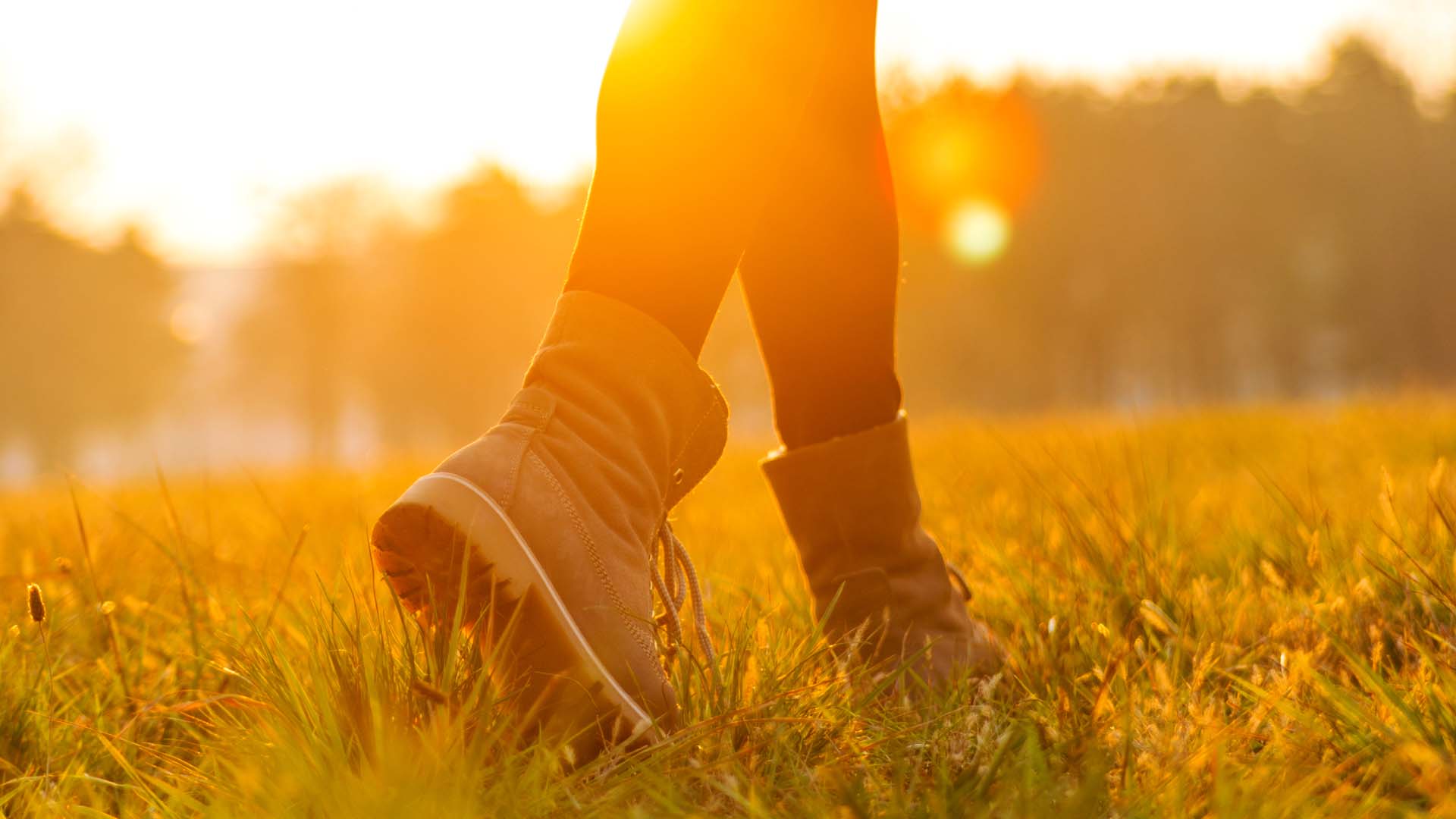How to start exercising in later life
Advice from the UK's oldest personal trainer on getting and staying active as we age.
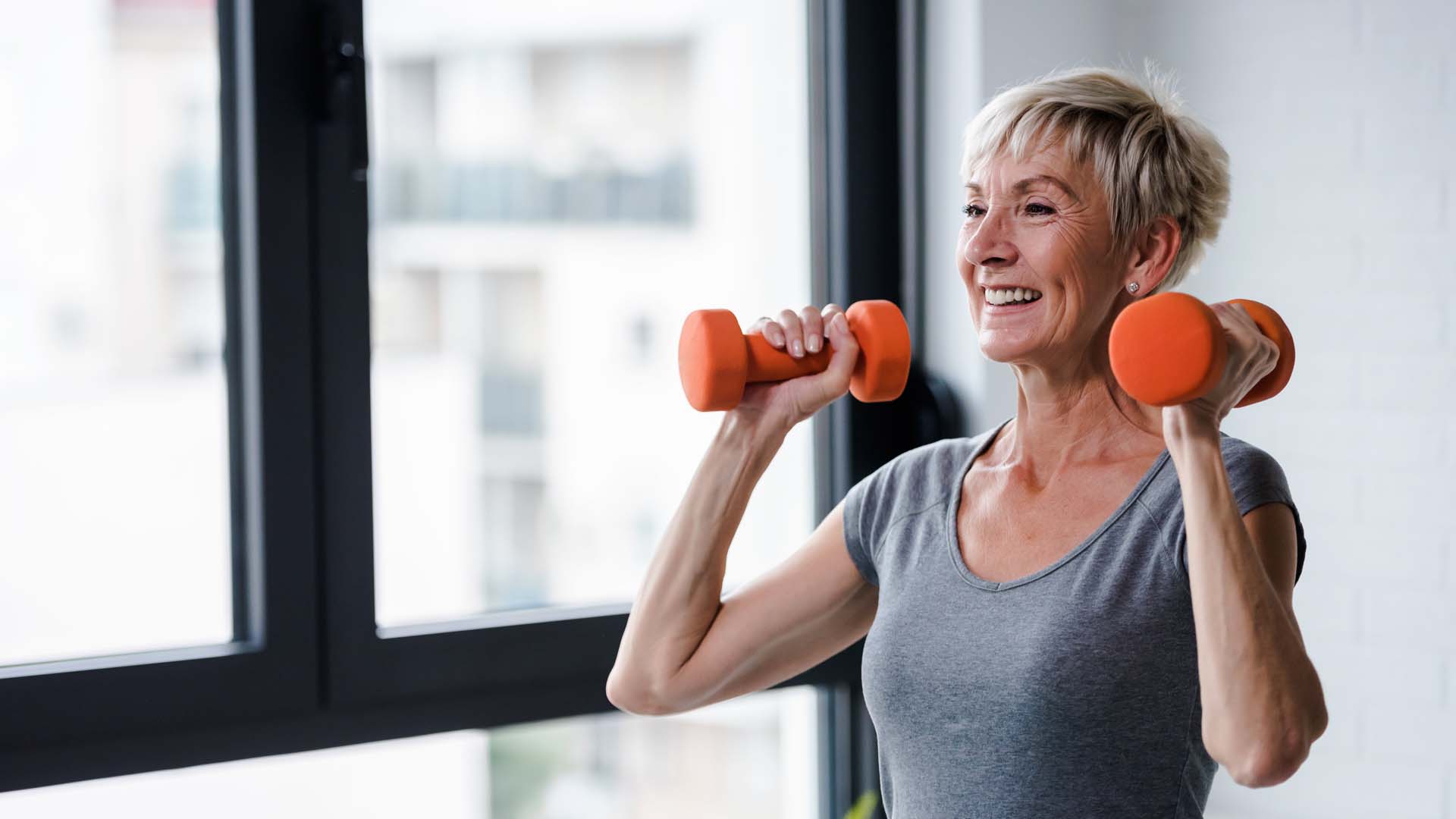
Advice from the UK's oldest personal trainer on getting and staying active as we age.

If you don’t know how to start exercising, or it’s been a long time since you last worked out, it can feel like an almost insurmountable hill to climb. But it doesn’t need to be. The trick is to build small, daily habits. Slowly – and there’s no rush – you can build on these habits.
For example, you could make it a habit to walk around the house whenever you’re on the phone rather than sitting still. You might decide to walk to the post office instead of driving.
There are many ways to start or return to exercise, depending on your current activity level, and our expert, Eddy Diget, has some great advice.
Aged 78, Diget works as a personal trainer and rehab specialist at Pure Gym in Milton Keynes. A lifelong fitness lover, who has been working as a PT for more than 20 years, he has helped many people become fitter, healthier and stronger.
If you’re looking to get more active, here are his top tips.
“If you’re a person that has never trained before, my advice would be to start as gently as possible, as your body will not be used to exercise,” Diget recommends.
We all perform different patterns of movement every day. That might be walking around the house, getting in and out of the car, carrying shopping or digging the garden. Increasing your daily activity is one of the easiest ways of starting to move more.
Here are some ideas to try:
As your daily movement increases, you will become ready to start gentle exercise too. “It’s worth keeping in mind that this will vary a lot from person to person, depending on medical problems or restrictions,” Diget advises.
“The key is to ensure that the movement is easy enough for you to succeed, because if it’s too hard, it becomes a reason not to try.”
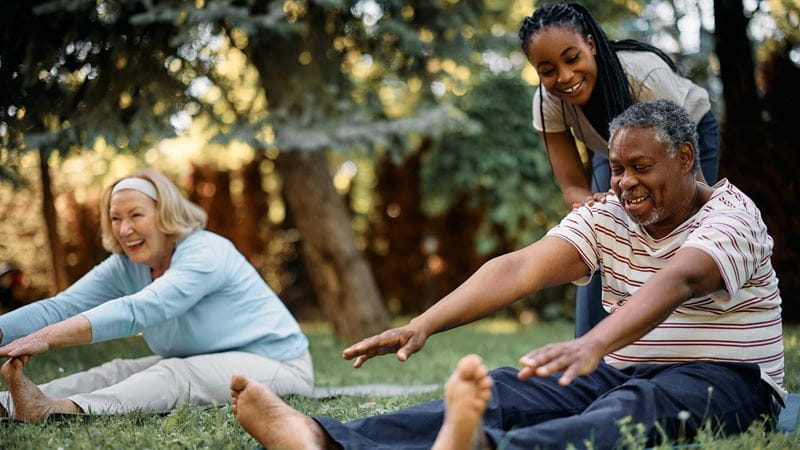
Lower back, shoulders and spine
Chest, shoulders and upper back
This will work the chest, shoulders and upper back, as well as most of the neck muscles.
“Along with walking, these simple exercises can be done in very little time each day, to help you get stronger in the safety of your home," says Diget.
A daily or weekly step goal can be a great way to start regular exercise. There are plenty of devices on the market that will count your steps, ranging from smartwatches to relatively inexpensive step counters. Lots of phones will also count your steps – if you keep it on you while walking, of course.
A step goal can become a fun competition between family and friends, and they’re inspirational for a lot of people. You’ll suddenly find yourself doing laps of the living room just before bed so that you can hit your target – with a little buzz of euphoria when you get there.
If you’d rather not have the pressure of a specific target, that’s OK too. As Diget explains:
“Any movement done while standing will improve blood flow to the heart, lungs and especially the extremities such as the legs.”
A lack of movement is why some people get an ‘oedema’, which is a swelling of the feet. So, doing any walking, be it around the garden or to the shops, will help to avoid this, ensuring that your blood is circulating and your muscles are being worked. Step goals vary depending on the person.
“I would always start by ensuring that you are, at the very least, spending a part of your day moving,” says Diget.
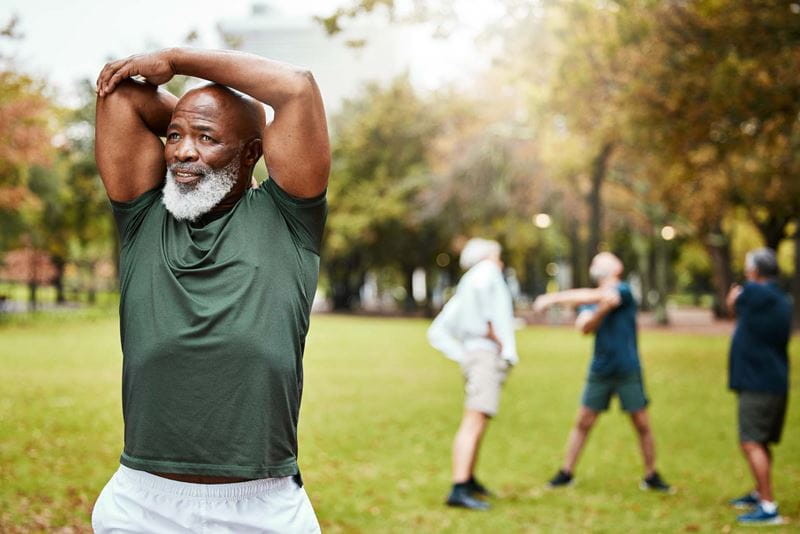
Exercise builds confidence, and once it’s become a part of your daily lifestyle, you’ll want to explore more options. There are a wealth of cardio exercise and strength training options out there.
If you are new to exercise, consider getting started with walking, or perhaps running with the help of the Couch to 5k app.
Maybe swimming is something you did when you were younger and would like to do again. A gym membership offers a good choice of activities. Some gyms have a pool or added community activities such as football or badminton teams. Almost all offer a range of fitness classes and a fully equipped gym to use.
“You must educate the muscle before you train it,” Diget says.
“Therefore, with whatever exercise selected, the first few repetitions should be a warm-up of the muscle group being used, with little to no weight. If you’re new to exercise, you can injure yourself without a proper warm-up.”
You can also use a cardio machine, such as a treadmill or a rower, to warm the whole body prior to starting specific exercises.
“A cool-down would follow the same approach, working the muscle groups with light movement,” says Diget.
Cardio can take many forms, from a run on a treadmill to joining a fitness or dance class. Variety keeps things interesting.
If exercise is new to you, take it at your own pace, rest when needed and ensure that you stay well hydrated throughout your session.
If you don't fancy any of those, Diget suggests adding some weights to your workout to raise your heart rate.
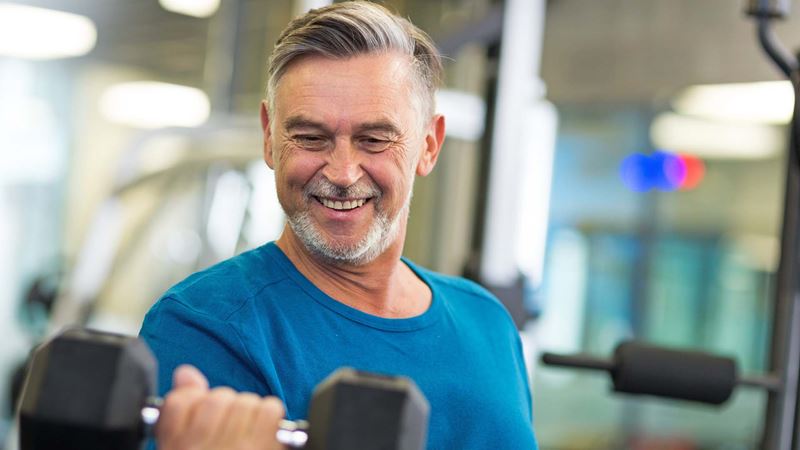
“It is medically proven that any form of strength and resistance exercise helps with posture, reduces the likelihood of bones breaking, and staves off osteoporosis,” Diget says.
“It will also tighten supportive muscle groups in your body, increase heart function, and add endurance to muscle groups. Weight loss and more can also be attributed to strength training. There are so many physical and mental benefits.”
Strength training benefits your health and is a really important aspect of fitness as we age. If you’re already exercising but not doing any form of strength or resistance work, it’s worth adding some in.
Talk to gym staff or a personal trainer for more information on how to get started.
A few years ago, lifting weights or being active in a gym would have been almost unheard of for people of a certain age.
But most gyms now actively encourage older participants, with classes tailored for them and many community offerings such as cafes, quiz nights, parties, book clubs and other social events.
Diget’s own Pure Gym runs a specific ‘Over 50s Fitness Championships’ to celebrate older athletes. With cardio and weight-lifting events, it proves you’re never too old to try something new.
“It can be daunting for many people to walk into a gym for the first time, which is based on the fear of not knowing what to do, equipment you’ve never seen and the thought that everyone is looking at you,” Diget says.
“But what you’ll actually find is a community that are all aiming to get healthier, reach a goal, and help each other in doing so.
“You’ll find a lot of likeminded people at the gym. If you just want to go, workout and go home, you can do that.
“But if you’re open to meeting new people and making friends, you’ll find that all at a gym – and wonder why you didn’t join sooner.”
Becky Fuller is a fully qualified Personal Trainer, specialising in strength and conditioning for over 50s. Becky’s focus is helping people to become stronger both in body and mind, and to move well without pain.
Becky also has many years’ experience working as a freelance journalist.
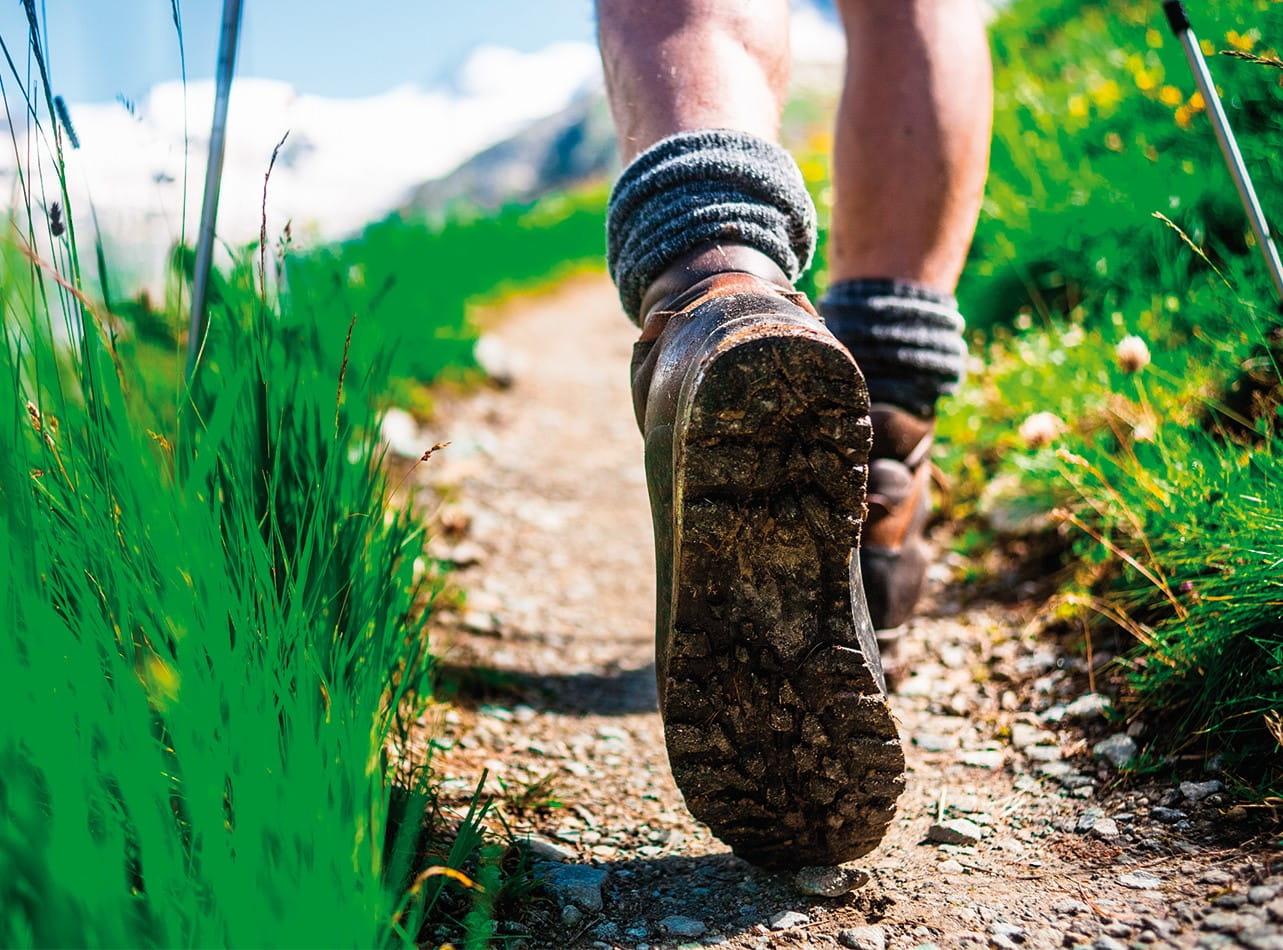
Find out about Saga’s walking holidays here…
Saga’s walking holidays are perfect for exploring Europe’s stunning destinations on foot. They’re suitable for all fitness levels and offer a well-balanced mix of guided walks and relaxation.
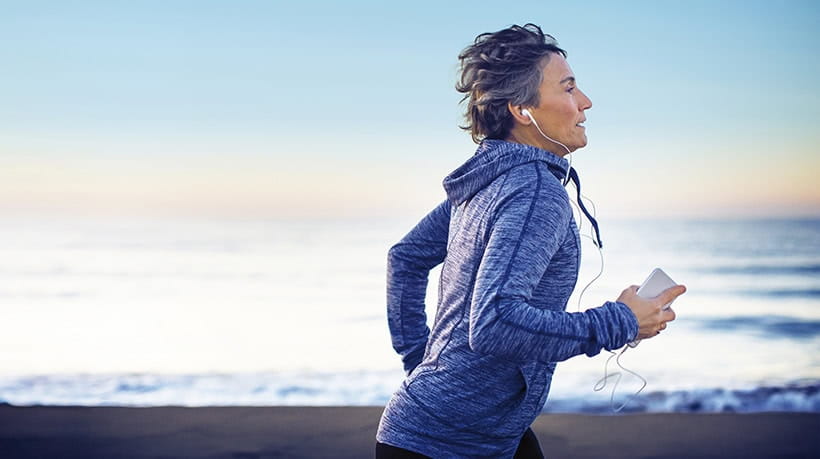
Health insurance for people over 50 that provides a quicker route to diagnosis and planned medical treatment in a private facility.
Underwritten by Bupa Insurance Limited.
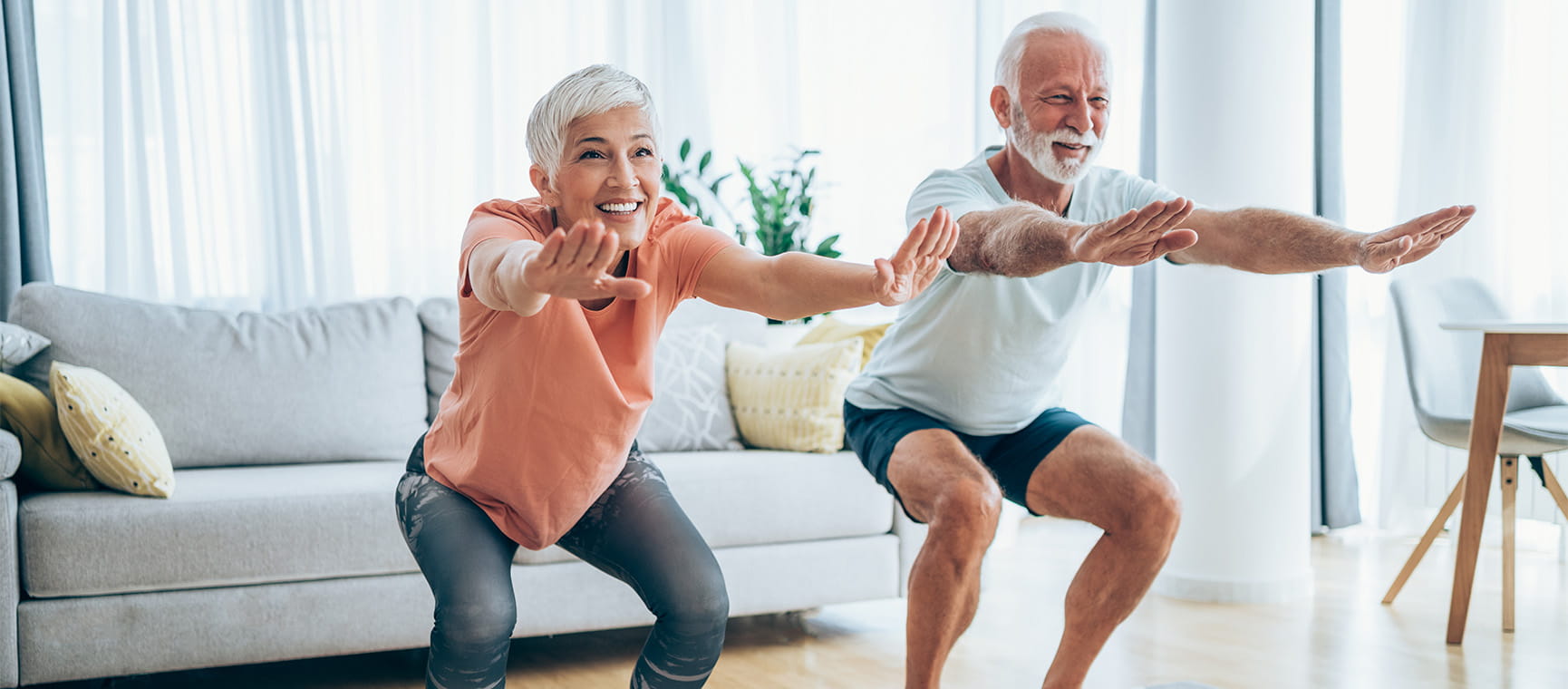
Personal trainer Louise Arnold reveals the expert exercise tips to support longevity.

As the cost of weight-loss injections rise, what are the alternatives? Experts offer advice on the best and safest ways to shed pounds.

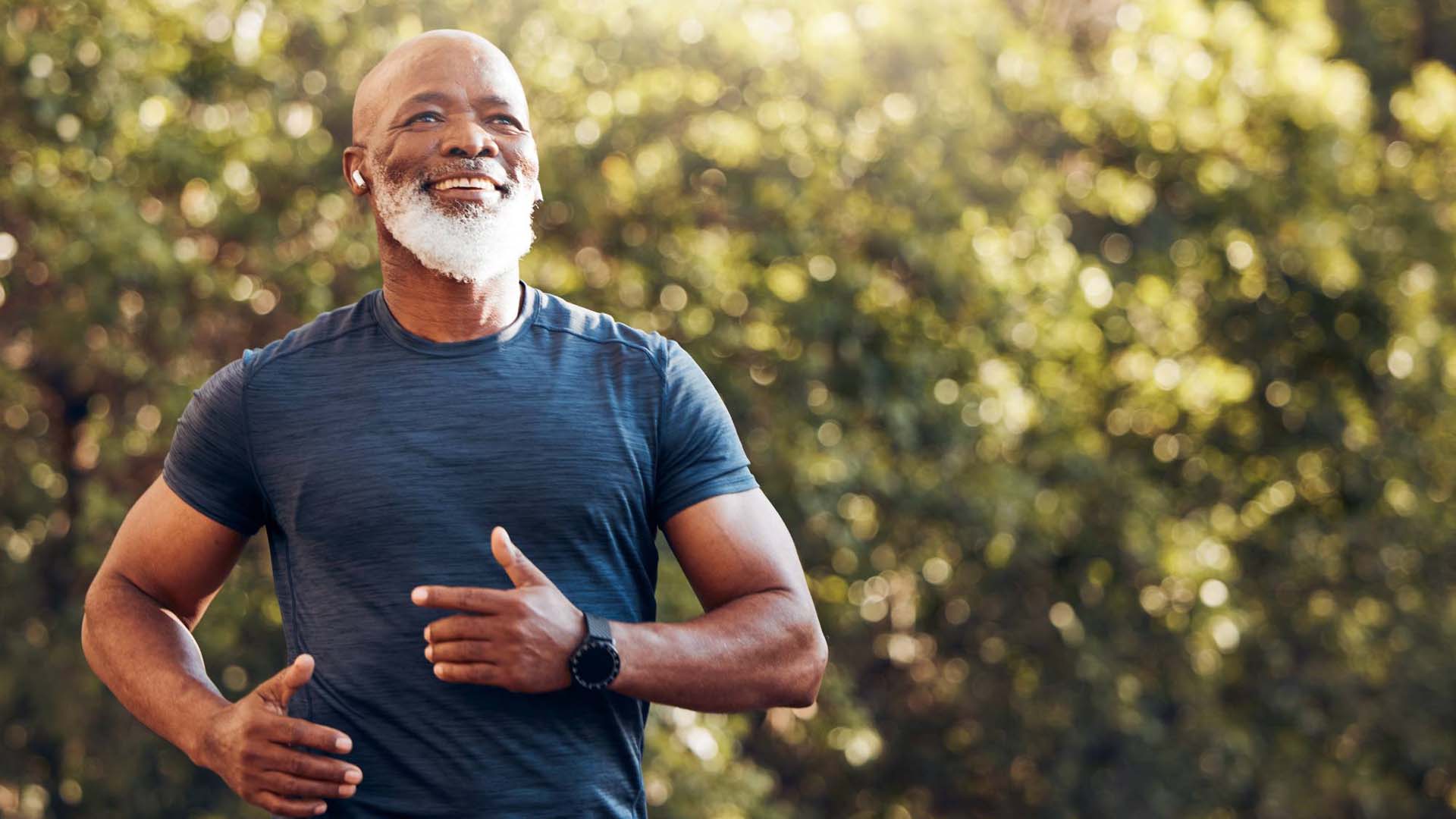
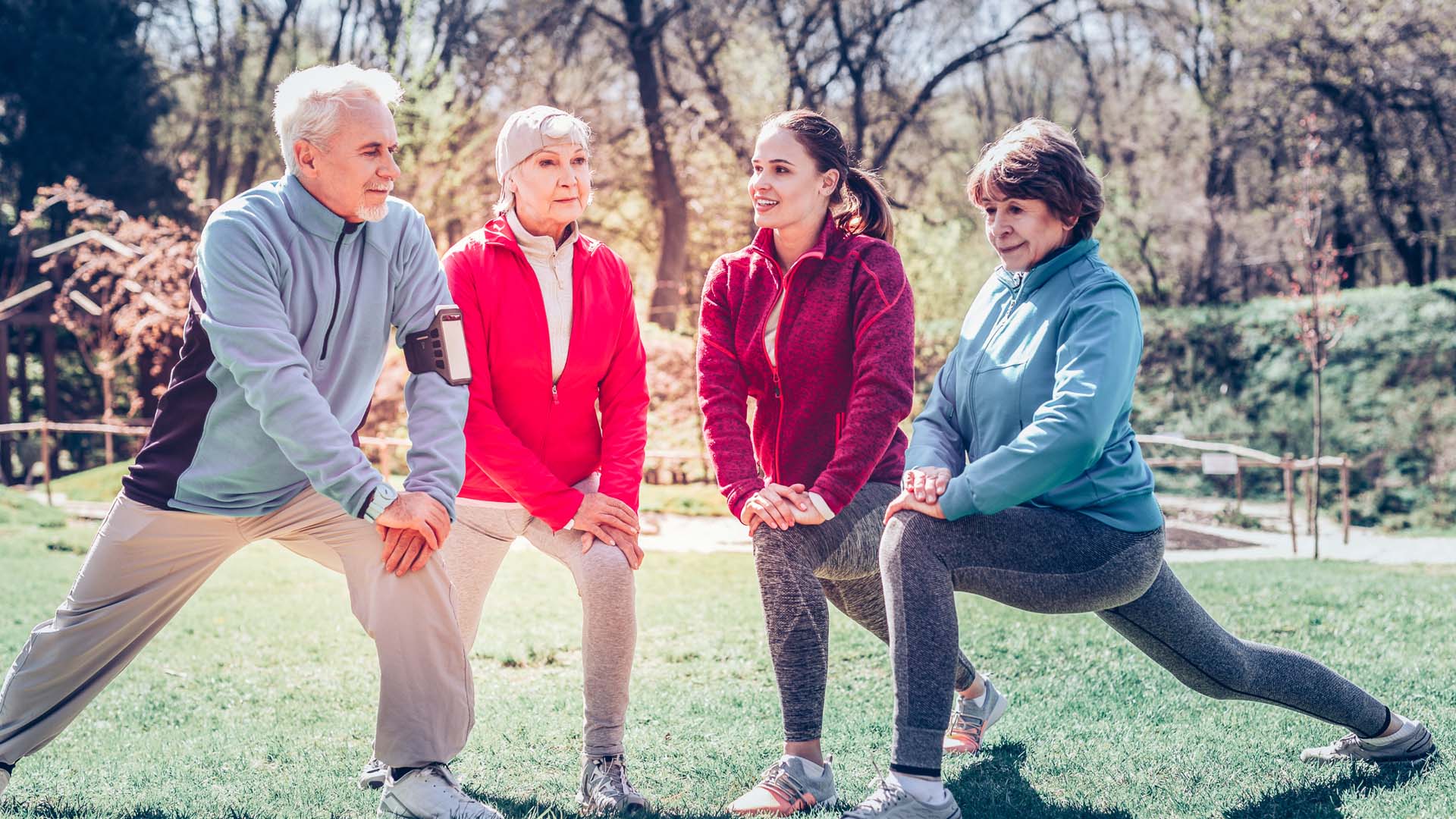
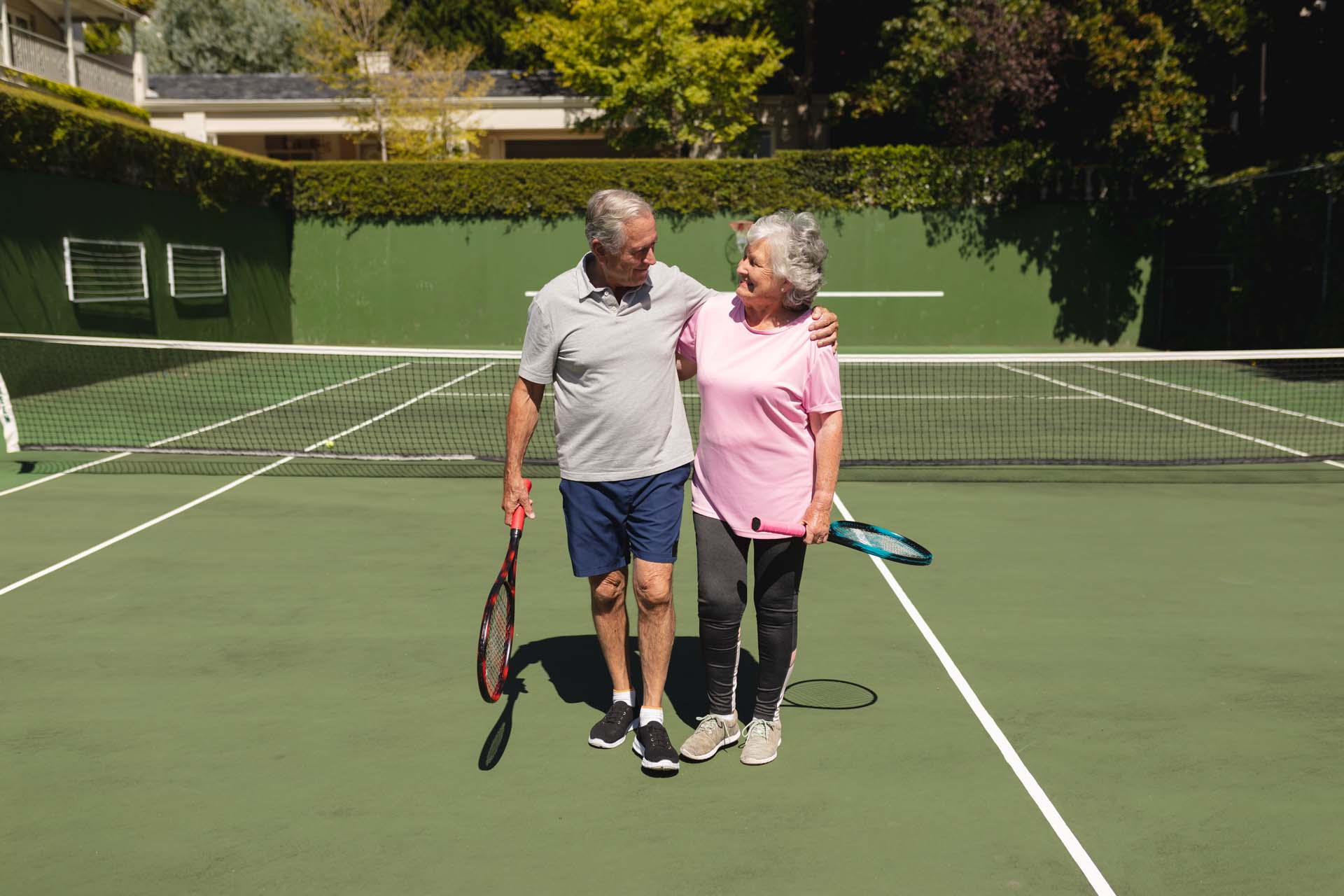
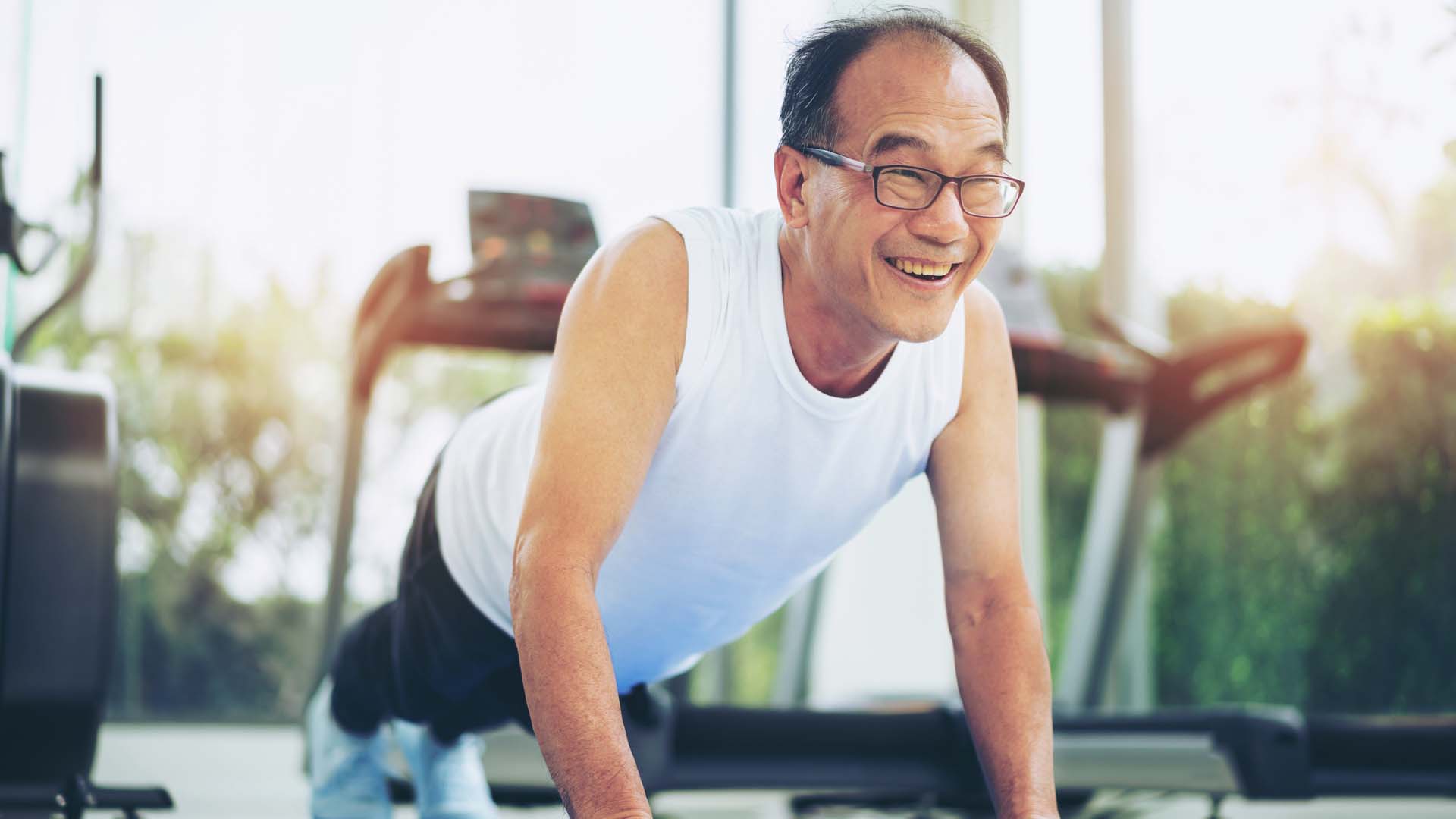
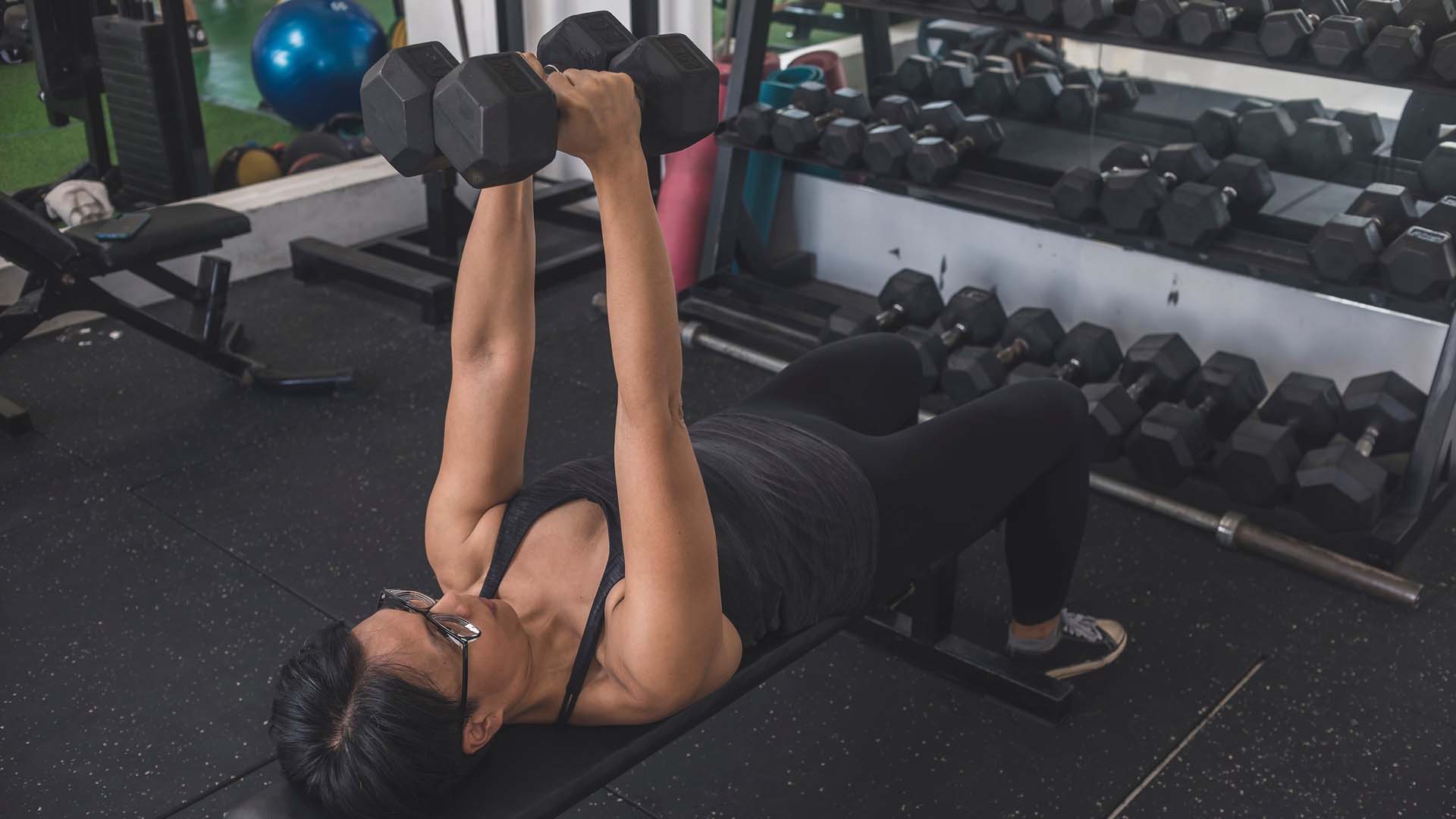
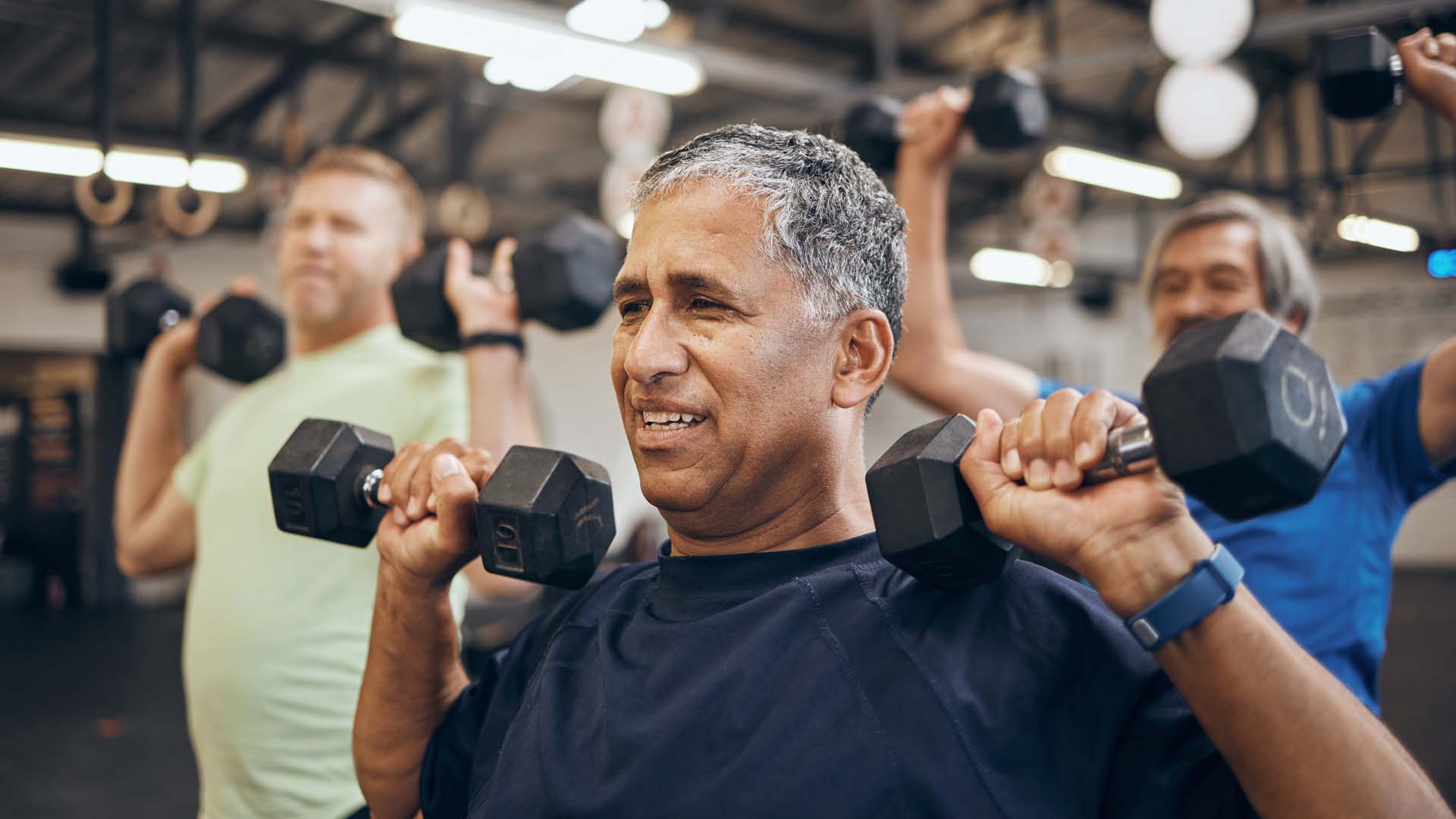
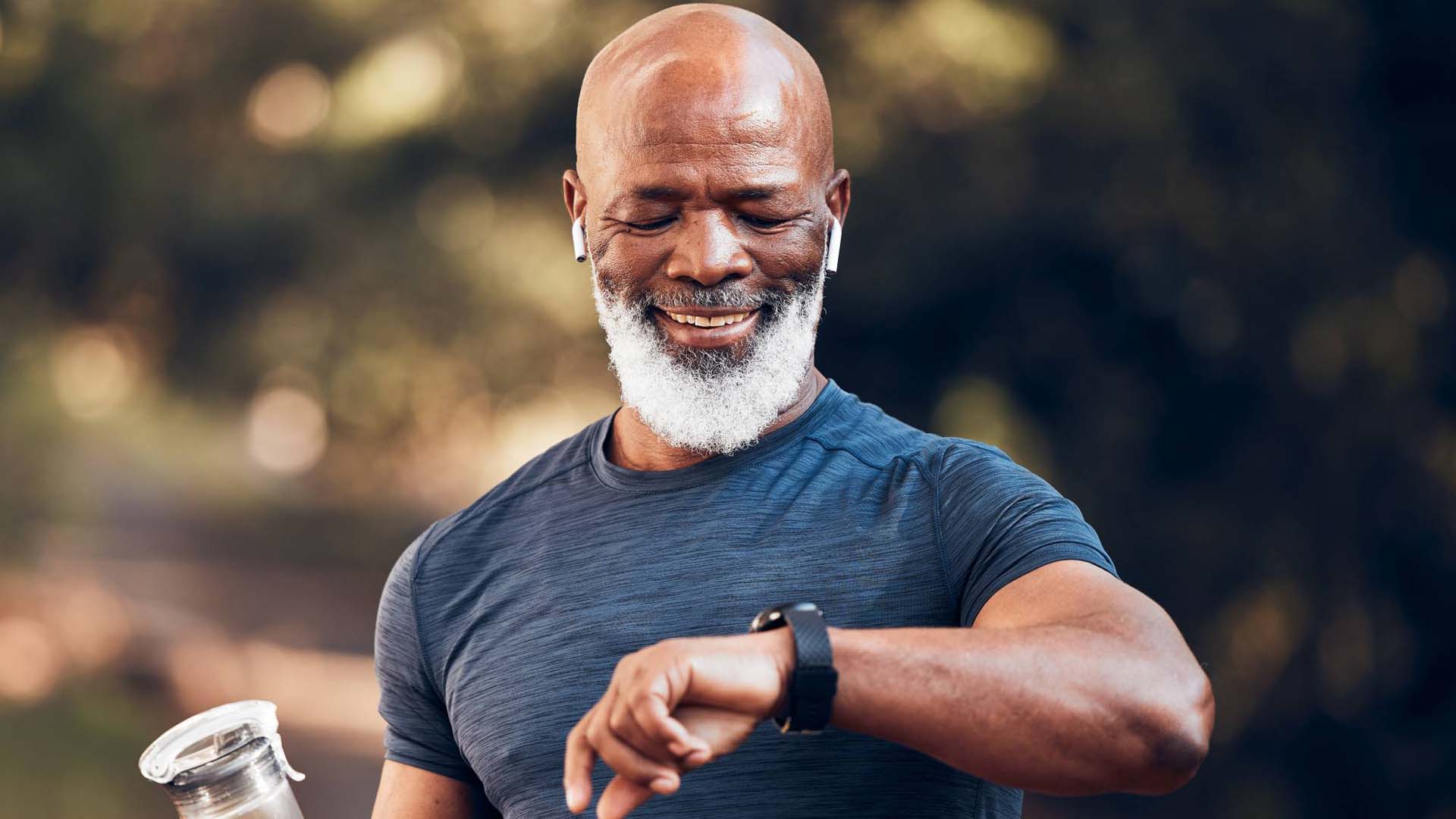
Your questions answered about what really is a good 5k time.
